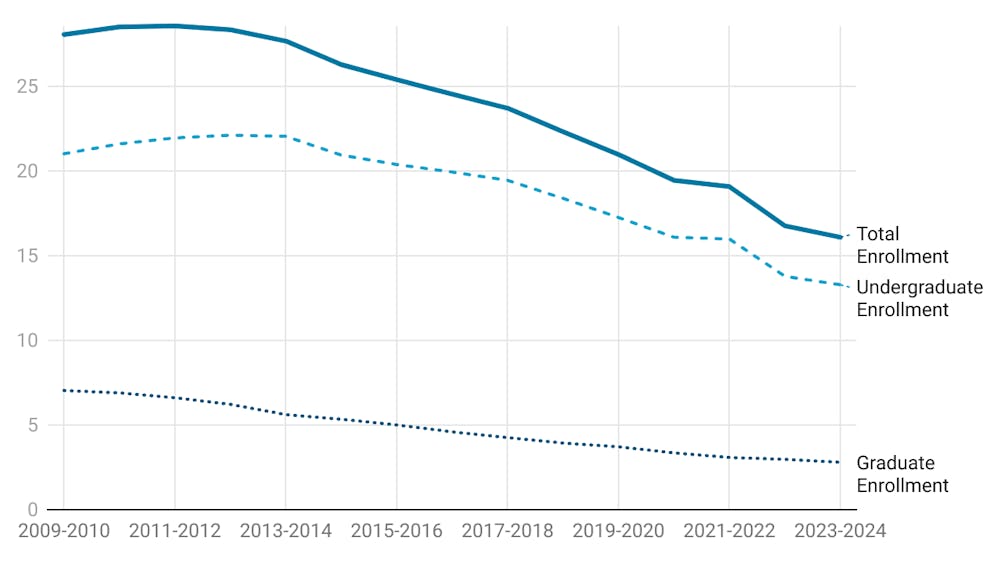Halloween, or All Hallow’s Eve, in America has changed over the years and become a night frequently looked forward to, but it did not find its origin in America. Halloween was largely introduced to America through Irish and Scottish immigrants who brought with them their cultural traditions, which are still reflected in elements of todays’ celebrations.
Halloween first originated as a pagan festival in Northern Europe, as part of the Celtic festival called Samhain. The festival was held as a celebration for the ending harvest season in the Gaelic culture.
The Gaels would gather the harvest and take stock of what they had brought in for the season.
They believed that on Oct. 31 the boundaries between the physical world and the spiritual world were no longer separated, but instead overlapped one another. This was seen as having potential to cause problems, as the dead were able to return and cause sicknesses or otherwise damage crops.
The Gaels would frequently incorporate large bonfires into the festivities. They would also dress up in costumes in an attempt to mimic or appease the spirits they believed were roaming the earth on that night.
The exact origin of the act of trick-or-treating; which is a popular, if not the most popular, element of Halloween celebrations today, is not entirely clear because of poor documentation. However there are some accounts of how and where trick-or-treating might have developed from.
There is a resemblance between trick-or-treating and the medieval act of “souling.” Souling consisted of the poor going door to door receiving food in exchange for prayers on All Souls’ Day.
This act of souling originated in Ireland and Britain, two countries that had influence on America’s development. This is a possible connection but is not conclusive as to being the root of trick-or-treating.
The Irish and Scottish immigrated to America at various points throughout history but have had a long-standing presence in the country. Even though they had been in America for many years and intermixing their cultures with the American culture, the practice of Halloween did not become popular or commercialized until the 1900s.
It has since developed into a largely commercialized holiday, with many decorations, costumes and activities circulating around it. Trick-or-treating became well established and practiced in the mid-1900s.
There is little documentation of early costuming besides the Celtic festivals. Costuming became popular in America in the early 1900s for all age groups and began appearing in stores in the 1930s. The traditional Halloween costumes resemble that of the Gaels’ intention, taking on a supernatural aspect for the night.
Halloween is an American tradition lacking American roots, but will be celebrated once again this week nationwide. Had it not been for the occurrence of immigration, Halloween may have never developed into the widely popular and participated in holiday it is today, here in the U.S.
Information came from halloweenhistory.org







